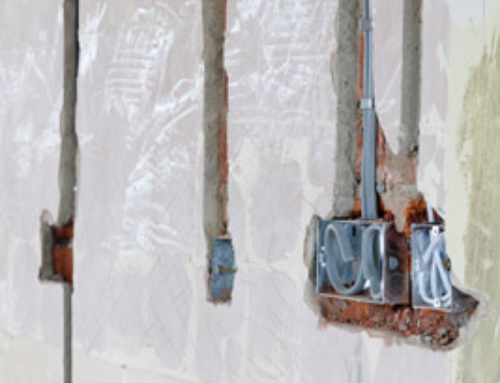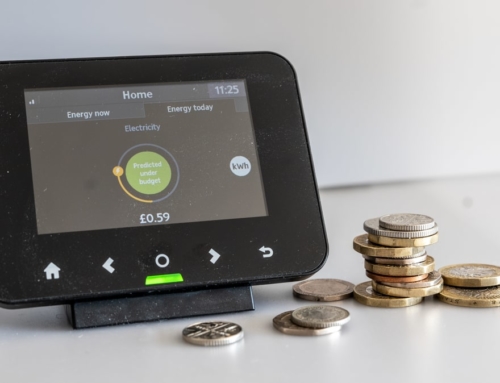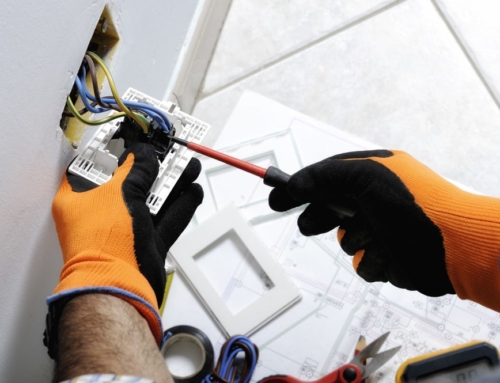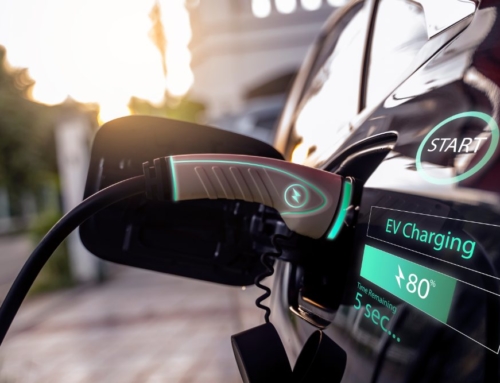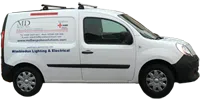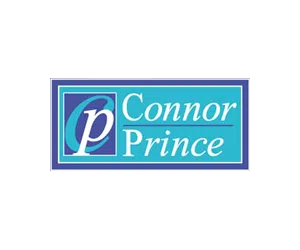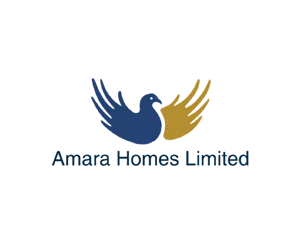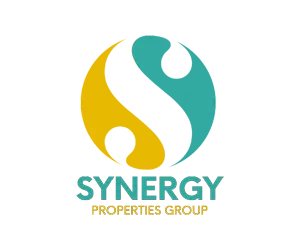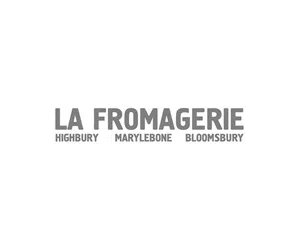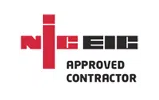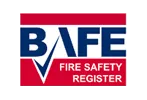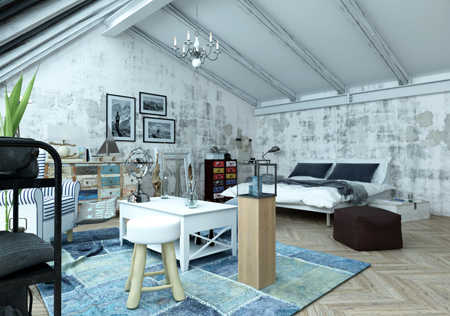
Make sure your loft conversion wiring meets current regulations
A loft conversion is the perfect option if you want more space in your home, but don’t want to compromise your precious outdoor area or move into a bigger house. In fact, the growing popularity of the loft conversion is largely due to the rocketing costs of property in the UK. It’s a great way to add value to your home as, if you ever decide to move, potential buyers will expect to pay a higher price for the added space – especially if they can see that it has been expertly fitted with regulation-standard lighting, plumbing and electrical wiring.
Once your loft conversion has been built, you might be tempted to start thinking about what it’s going to look like. Before you do so, there is one important aspect you need to consider first: how to extend your electrical wiring so that it reaches the loft efficiently. Whether you intend to use the conversion as a bedroom, bathroom, office, lounge or living area, you’re going to need electricity for multiple devices – e.g. lights, smoke detectors, plug sockets, shaver points, TVs and computers – so it’s essential that it’s wired efficiently.
Your loft must be wired by a Part P-registered electrician
There are some aspects of loft-conversion projects that are suitable for DIY work (e.g. painting and decorating), but electrical wiring should always be carried out by a Part P-registered electrician – in line with the electrical safety rules that were introduced to the Building Regulations by the government in 2005. A professional should carry out a site inspection to assess the number of rooms in the loft, and its electrical requirements.
Your existing wiring needs to be in good shape
The wiring in your house is all connected, so the first thing the electrician will check is that your home’s existing electrics are functioning safely, efficiently and in line with Part P. If your wiring is out of date, then the electrician may advise a full house rewire before they can focus on your loft conversion. Then, they can safely extend the ring circuit and add plug sockets and light switches, and even design and install extension lighting ideas if you wish.
You should receive paperwork that certifies your home’s electrical safety
Once your loft conversion has been wired, the electrician will contact your local building-control authority so that it can review the work in line with Part P. If everything is in order, you will then receive an Electrical Installation Certificate that confirms the work meets the UK national standard, BS 7671, as well as a Building Regulations Compliance Certificate. Recently we worked on the electrics for a loft conversion in Godalming and the wiring for the whole house was changed to meet current regulations.
Here at MD Bespoke Solutions, we’re experts in wiring, but can also provide you with trusted contractors – from builders and plumbers to plasterers, painters and decorators – to carry out every stage of your loft-conversion project. Contact us today to find out more.

